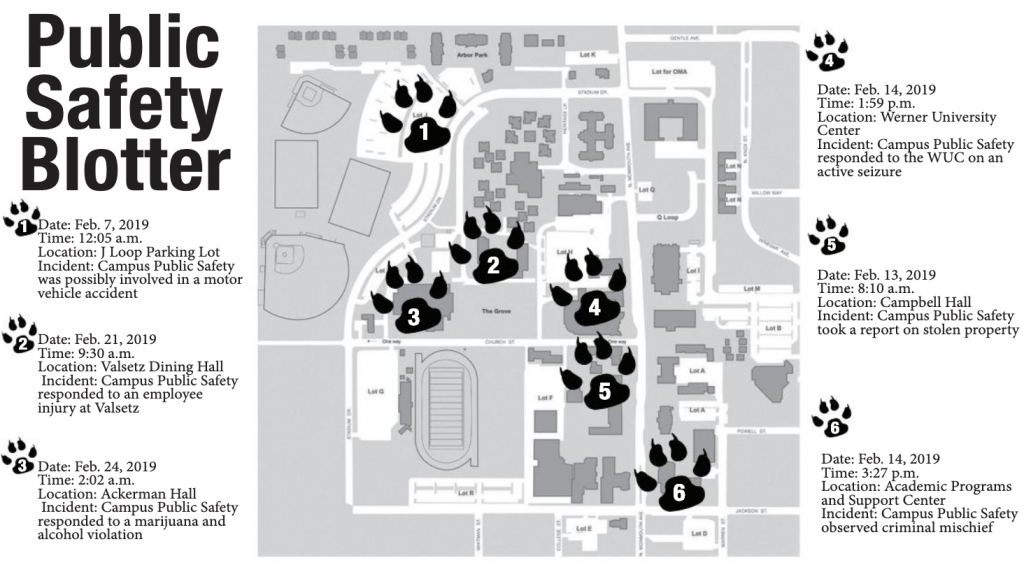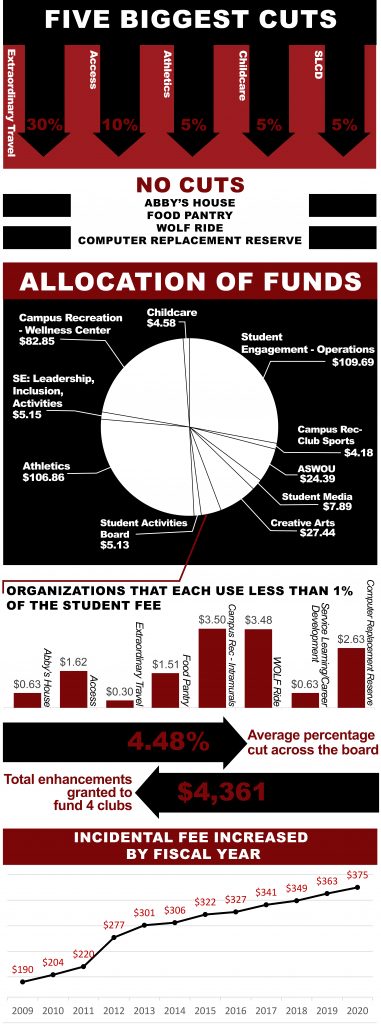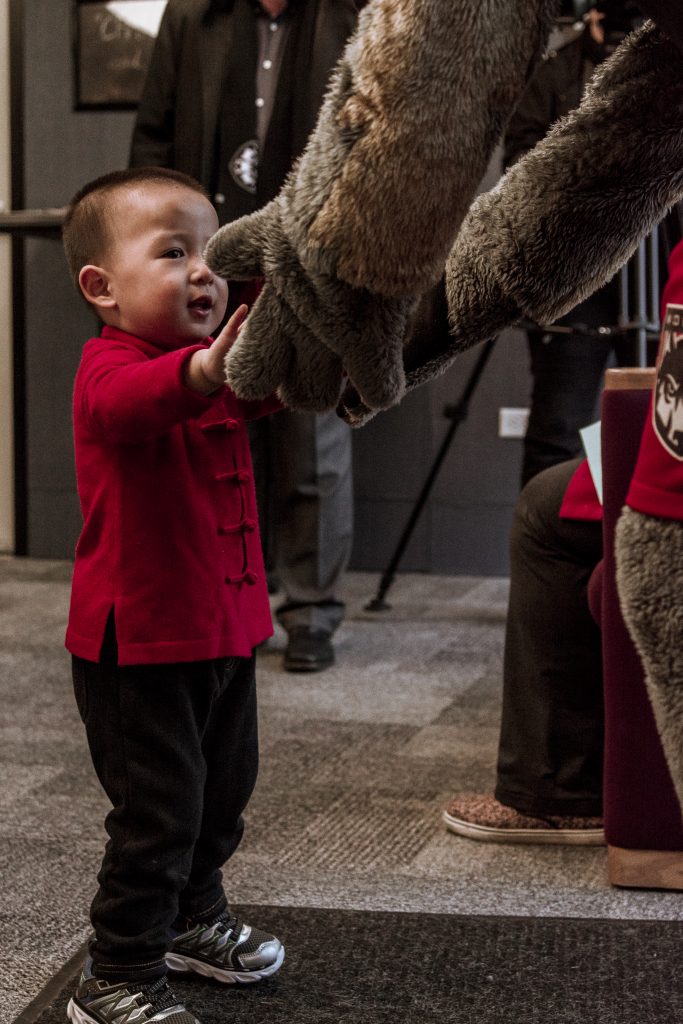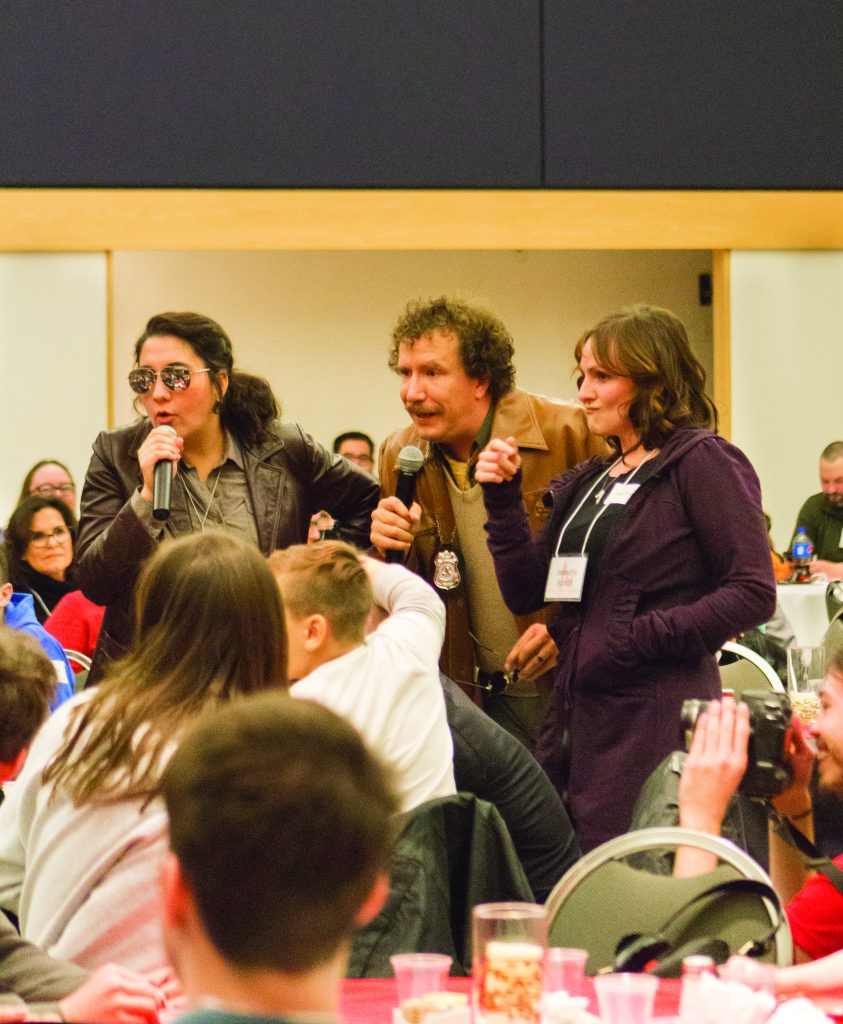
Bailey Thompson | News Editor
WOU Students for Life Club welcomed Jim Schultz, a pastor and Ph.D. candidate, to speak on Feb. 22 before a group of community members, opening a scientific and philosophical conversation about abortion on Western’s campus.
Addressing a number of pro-life arguments and offering a time for questions, Schultz shared a presentation titled “Making the Case for Life on Hostile Turf” that was designed to equip individuals to engage in civil discourse at a time when a number of people are quick to dismiss pro-life arguments.
Before beginning any sort of conversation about the legality and morality of abortion, however, Schultz emphasized that it is important that people on either side of the debate have a full understanding of the science of the unborn and the process of having an abortion.
“When the abortion issue gets brought up, pro-choice people don’t usually want to talk about ‘what is the unborn’ and ‘what happens to the unborn during an abortion’ as much as they want to talk about privacy, women’s equality, reproductive rights, reproductive health,” said Schultz. “Those are the euphemistic terms used to take us off the scent of … what happens to the unborn during an abortion. We are saying that that is the primary issue and those other issues, although important in themselves, can’t rise to the level where it makes it okay to kill an innocent person.”
Schultz also emphasized the belief that, ultimately, the majority of arguments that are made in favor of abortion are grounded in the belief that a fetus is not a human person. Using what he referred to as the “trot out the toddler” test, Schultz shared that arguments such as “anti-choicers want to force poor women to bring another child into the world” and “abortion allows women freedom to pursue careers” would not seem logical if it was being offered as justification for killing a two-year-old. As he described it, very few people would morally support the killing of a child just because they are living in poverty or interfering with their mother’s career opportunities.
From this point, Schultz said that it is necessary for a pro-life individual to provide evidence for the personhood of the unborn. To this end, Schultz presented a number of quotes from leading, secular embryology textbooks that affirmed this notion.
“The development of a human begins with fertilization, a process by which the spermatozoon from the male and the oocyte from the female unite to give rise to a new organism, the zygote,” wrote T.W. Sadler in “Langman’s Medical Embryology”, one of the works cited by Schultz.
Schultz also offered a number of quotes of those who practice abortion, conceding that abortion intentionally kills living human beings.
“I think we have deluded ourselves into believing that people don’t know that abortion is killing,” stated former Planned Parenthood president Faye Wattleton in a MS Magazine article titled “Speaking Frankly”.
If these things can be established, then Schultz concluded that “there is no essential difference between the embryo you once were and the adult you are today that justifies killing you at that earlier stage of development. Differences of size, level of development, environment and degree of dependency are not good reasons for saying you could be killed then but not now.”
However, Schultz repeatedly emphasized one thing: there is never a good reason not to be loving and gracious to people when you talk with them about abortion. Whether someone has had an abortion or holds a strong contrary opinion, it is better to approach the situation in a way that is loving people, not judging them.
If students would like to learn more about the WOU Students for Life, they can contact the club’s president, Gemma Cowan, at gcowan15@wou.edu.
Contact the author at howlnews@wou.edu
Photo courtesy of Ashlynn Norton









